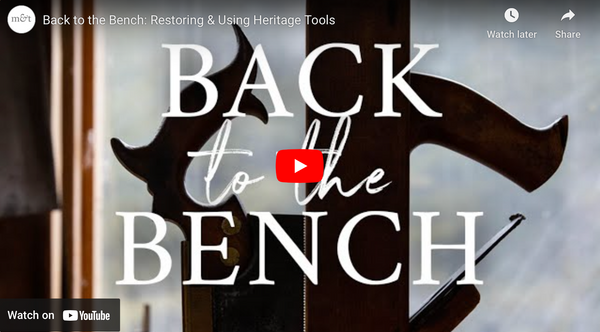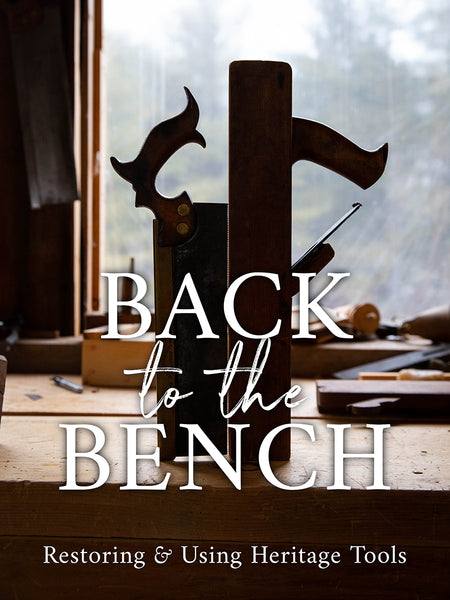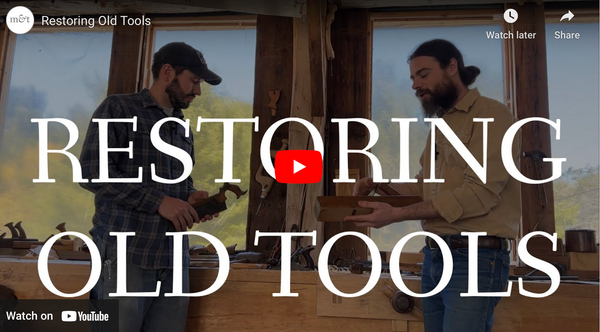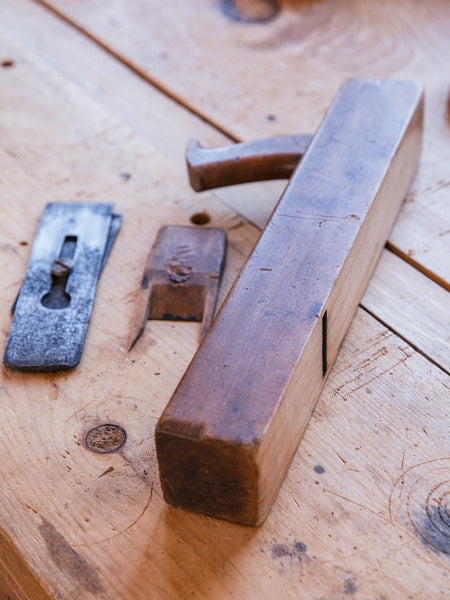Blog RSS
It’s a Tragedy
Let’s not let these tools go to waste. They’re workhorses with lots of good work left to do. We’ve already been getting great feedback about our latest course, Back to the Bench. I can tell this material was long overdue.
-Joshua
The Mechanical Arts Program
My first book, Hands Employed Aright, was a monograph about an eccentric New England minister/furniture maker named Jonathan Fisher. Harvard-trained, Fisher was, as one biographer put it, “a rural Jeffersonian polymath” who used the early morning fireplace light to study ancient Hebrew texts before setting out on a day filled with manual work or pastoral visitation. Fisher was an intellectual. He was obsessed with mathematics, he journaled extensively, he wrote sermons and self-published his own book (and even made his own woodcuts for it). But he also was a craftsman to his core. He built chairs and painted signs. He raised sheep and cattle. Fisher seemed to be endlessly fascinated with every aspect of the world. Reading his journals, one...
New Course: Back to the Bench – Restoring & Using Heritage Tools
For everyone who loves to work wood by hand, who values beautiful old tools over shiny mass-produced modern ones, and who wants to clean up and use that old hand plane or saw but doesn’t know quite where to begin – we have a new video course for you. For the past several weeks, Joshua and I have been filming, editing, and getting our hands dirty here in the M&T shop. We’ve unpacked boxes of old tools and pored over them, looking at all kinds of details, repairs, and potential snags to putting them back to use at the bench. We’ve dug into thick, dusty library volumes and other old resources. And we’ve straightened bent saws, fixed broken planes, and sharpened...
Video: Restoring Old Tools
Mike and I just posted a video about our upcoming online course on restoring antique tools. We’re on the home stretch with this thing – more information coming soon…
-Joshua
“Oh, That’s It?”
Mike and I have been busy in the shop lately restoring a pile of old tools. We’re tuning up derelict planes, sharpening and straightening saws, and rehandling various tools. Whenever we get to set aside some time like this to bring old tools back to life, we find it such an invigorating process. Saws were designed to sing, not to hang as relics on a wall. Around these parts of Maine, we find old tools in need of TLC all over the place. I’d be willing to bet there are more antiques stores on Route 1 than there are stop signs. Mainers expect to find decent user planes for $15-25 a piece. Most require no more than an hour...











